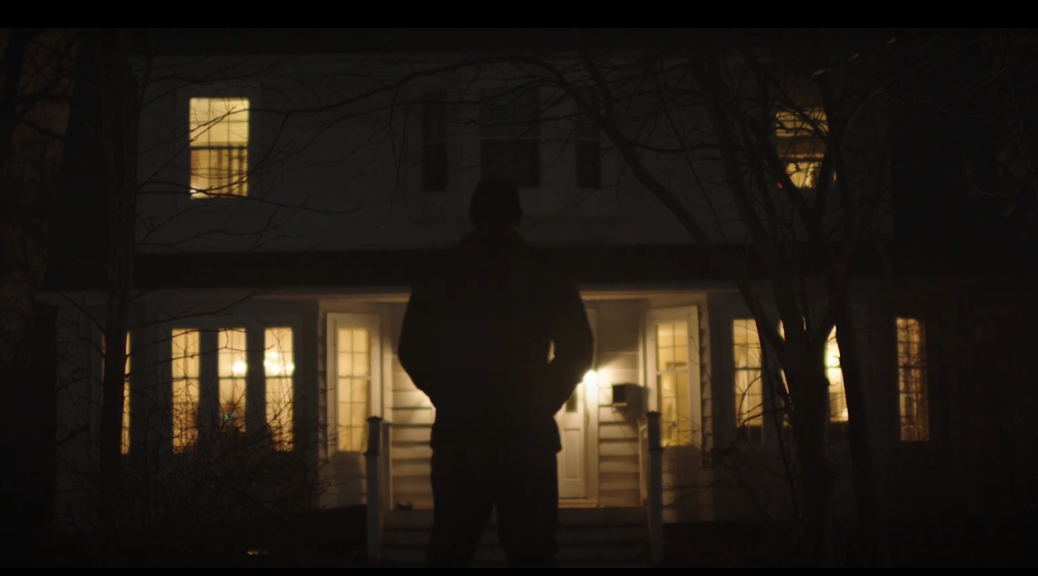Mickey 17
by Hope Madden
People mainly familiar with filmmaker Bong Joon Ho’s Oscar-sweeping masterpiece Parasite may not know of his remarkable skill with a SciFi creature feature. Mickey 17, then, will be an excellent primer.
Robert Pattinson is the titular Mickey. Well, he’s a bunch of Mickeys, all 17 of them. Hoping to get away from some pretty bad fellas on Earth, Mickey signs up for a flight of space pioneers, but there’s a lot of competition to make the voyage and he has no skills so he signs on as an expendable: a clone who, for the betterment of science, subjects himself daily to every conceivable new threat so science can better prepare the non-expendables.
Chief among the unexpendable on this colonizing mission are the commander, vainglorious attention whore Kenneth Marshall (Mark Ruffalo), and Lady to his Macbeth, Ylfa (Toni Collette).
Joining Mickey onboard are his best friend, con-man extraordinaire Timo (Steven Yeun, playing delightfully against type) and the love of his many, many lives, Nasha (Naomi Ackie, Blink Twice).
Pattinson’s a hilarious, self-deprecating charmer, a man who believes he somehow deserves his fate. Fates. Through him the filmmaker employs absurd, sometimes even slapstick humor to satirize our own current fate. Beautifully (and characteristically), all of this is in favor of the reminder that our humanity requires us to be humane.
There’s great tenderness in this film, though it competes with sharp satire and fun action. But what fuels every scene, however lunatic or sweet or absurd, is the heat of Bong’s rage. His more than capable ensemble—from the sycophant scientist (Cameron Britton) to the ego-stroking puppet master (Daniel Henshall) to the guy forever dressed as a mascot (Tim Key) and on and on—brings every enraged idea to vivid, remarkable, too-close-to-home life.
Weaving sensibilities and ideas present in Snowpiercer, Okja, The Host as well as any number of clone movies, Mickey 17 could feel borrowed. It doesn’t. Like the best science fiction, it feels close enough to reality to be a bit nightmarish.













